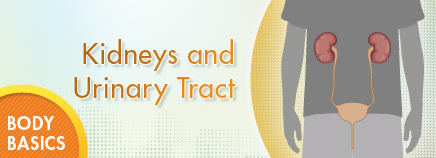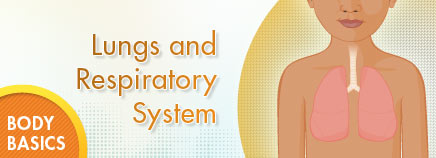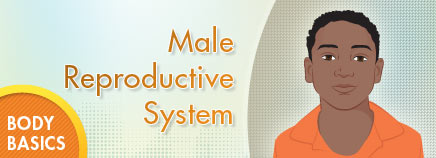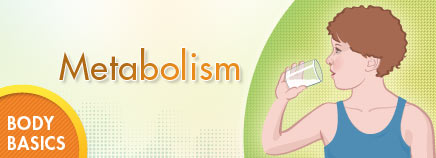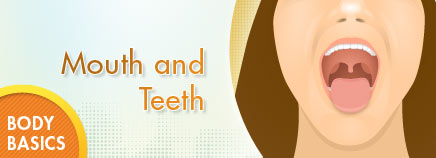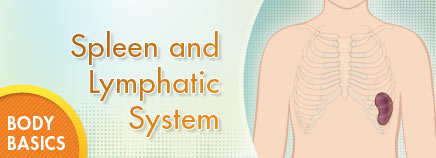Kidneys and Urinary Tract Basics Our bodies produce several kinds of wastes, including sweat, carbon dioxide gas, feces (stool or poop), and urine (pee). These wastes leave the body in different ways. Sweat is released through pores in the skin. Water vapor and carbon dioxide are exhaled from the lungs. …
Lungs and Respiratory System
Breathing is so vital to life that it happens automatically. Each day, you breathe about 20,000 times, and by the time you’re 70 years old, you’ll have taken at least 600 million breaths. Respiratory System Basics All of this breathing couldn’t happen without the respiratory system, which includes the nose, …
Male Reproductive System
Reproduction All living things reproduce. Reproduction — the process by which organisms make more organisms like themselves — is one of the things that sets living things apart from nonliving things. But even though the reproductive system is essential to keeping a species alive, unlike other body systems it’s not …
Metabolism
Metabolism Basics Our bodies get the energy they need from food through metabolism, the chemical reactions in the body’s cells that convert the fuel from food into the energy needed to do everything from moving to thinking to growing. Specific proteins in the body control the chemical reactions of metabolism, and …
Mouth and Teeth
A smile is the facial expression that most engages others. With the help of the teeth — which provide structural support for the face muscles — the mouth also forms a frown and other expressions that show on your face. The mouth also plays a key role in the digestive …
Skin, Hair, and Nails
About Skin, Hair and Nails Skin is our largest organ. If the skin of a typical 150-pound (68-kilogram) adult male were stretched out flat, it would cover about 2 square yards (1.7 square meters) and weigh about 9 pounds (4 kilograms). Our skin protects the network of muscles, bones, nerves, …
Spleen and Lymphatic System
The lymphatic system is an extensive drainage network that helps keep body fluid levels in balance and defends the body against infections. It is made up of a network of lymphatic vessels that carry lymph — a clear, watery fluid that contains protein molecules, salts, glucose, urea, and other substances …

